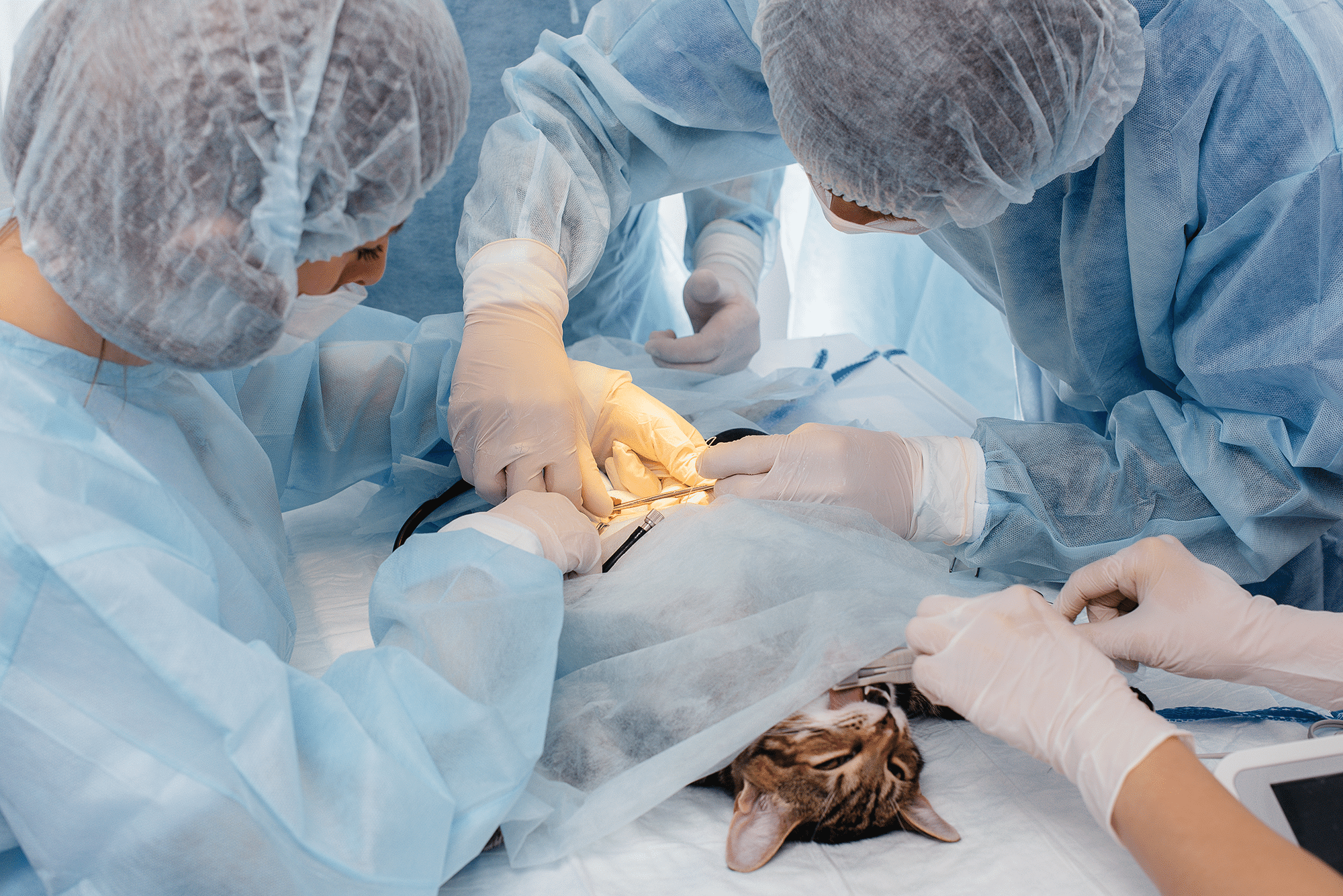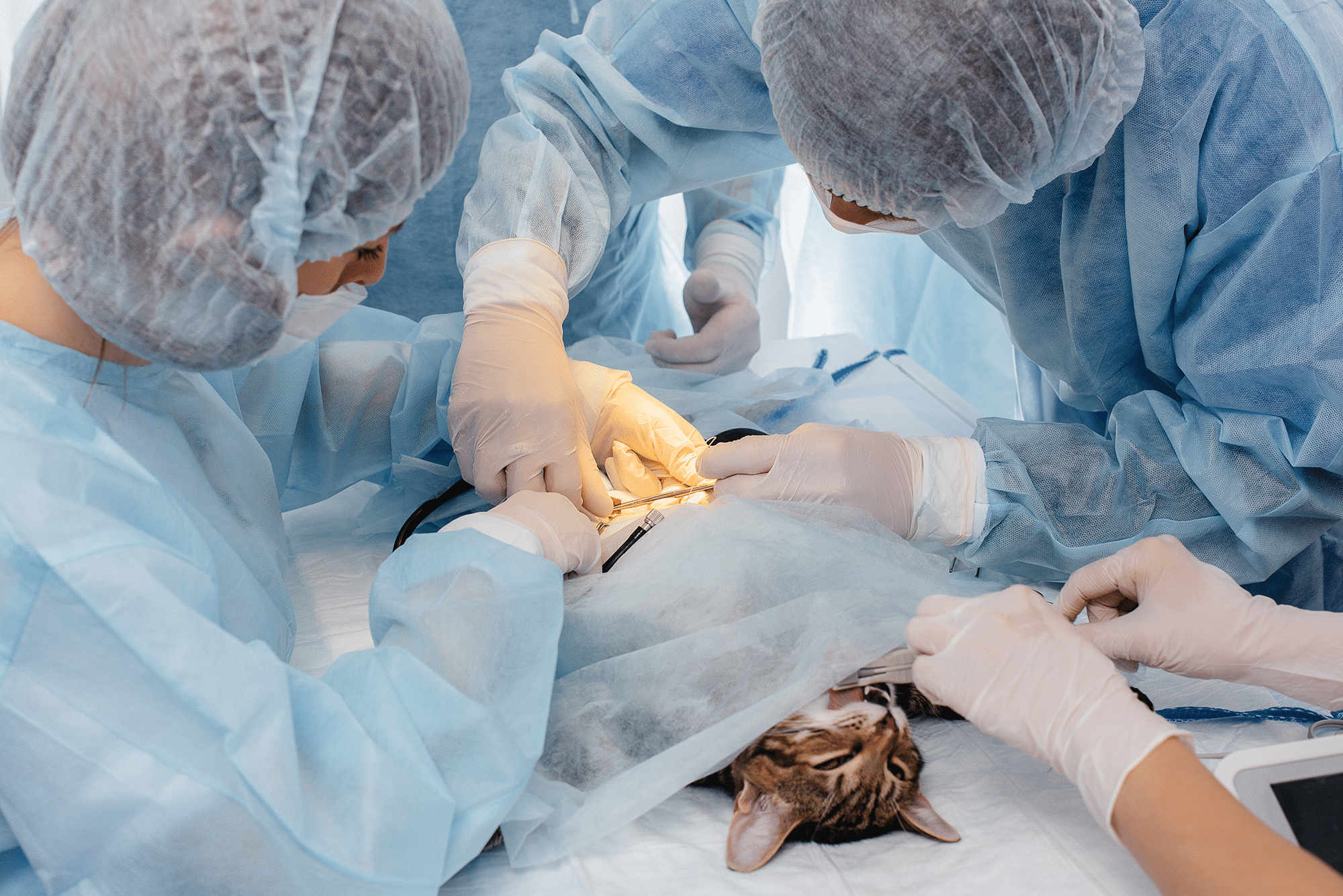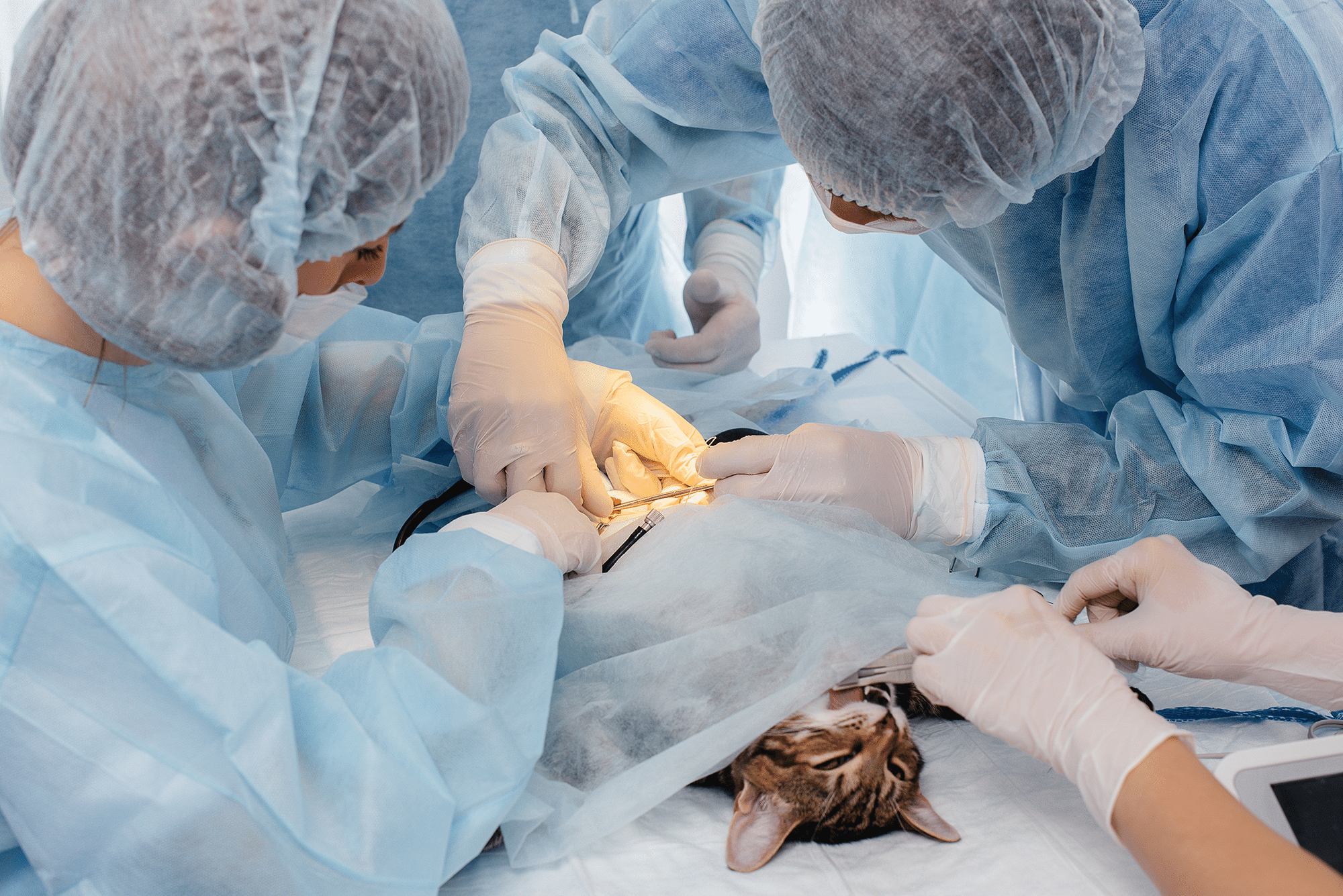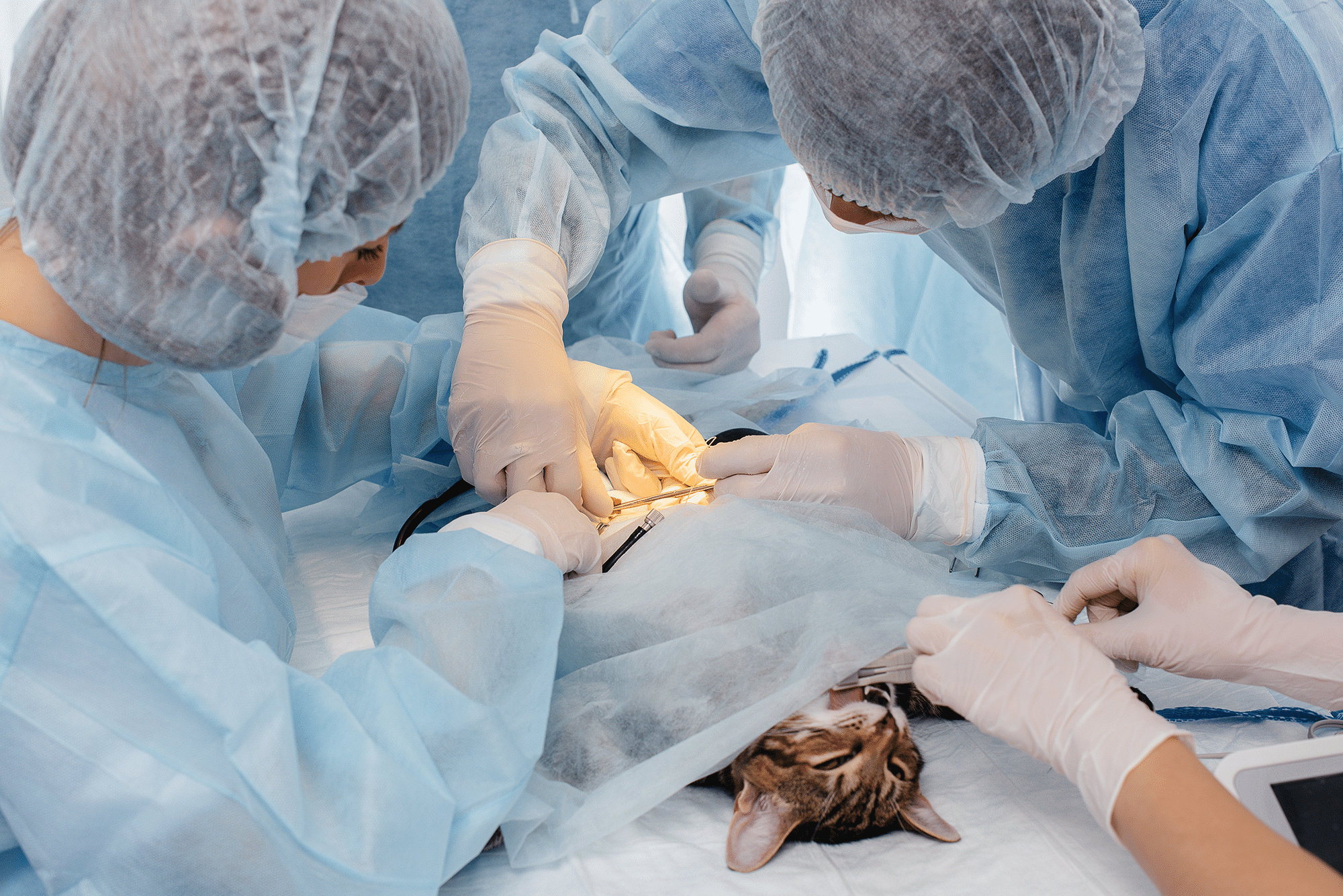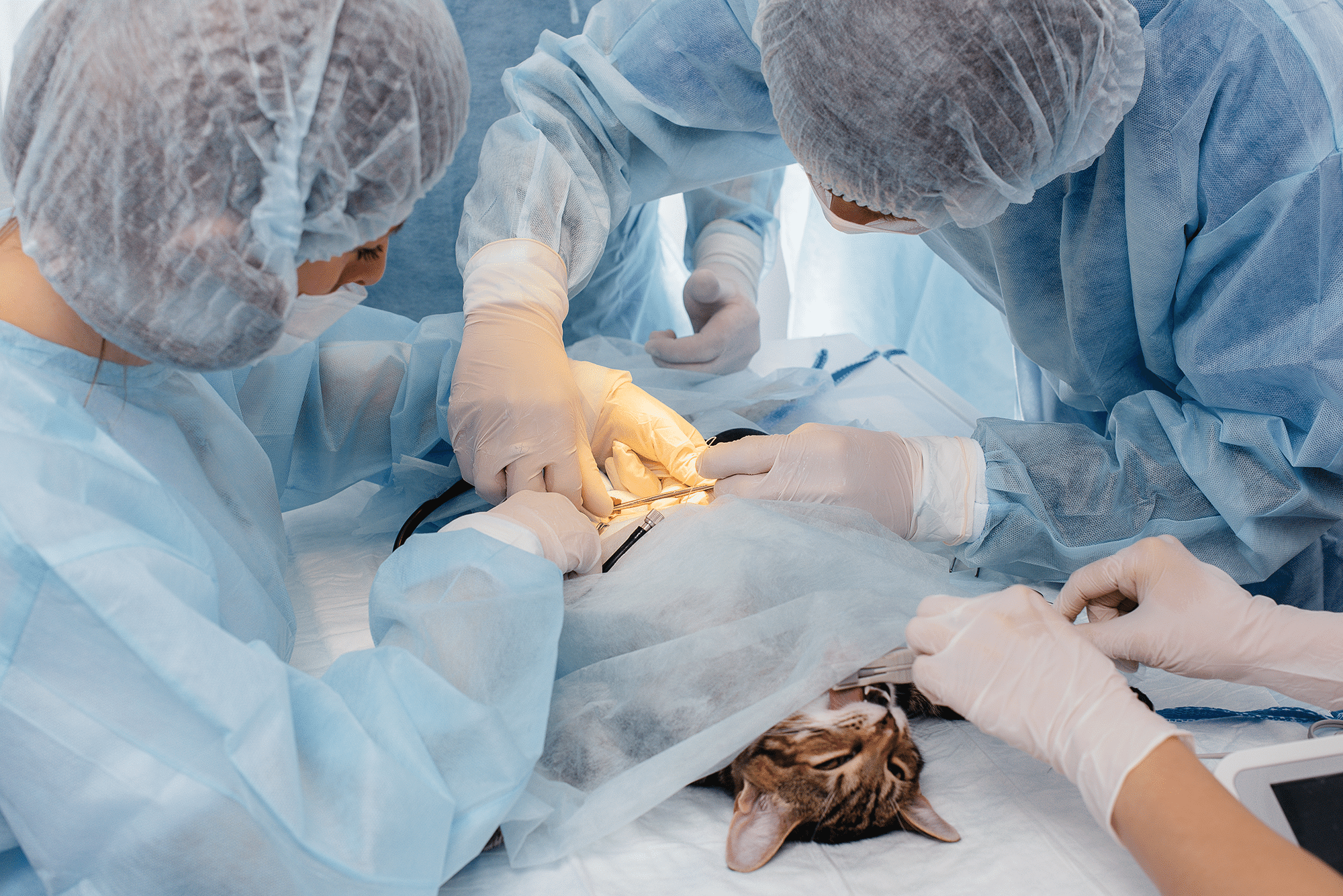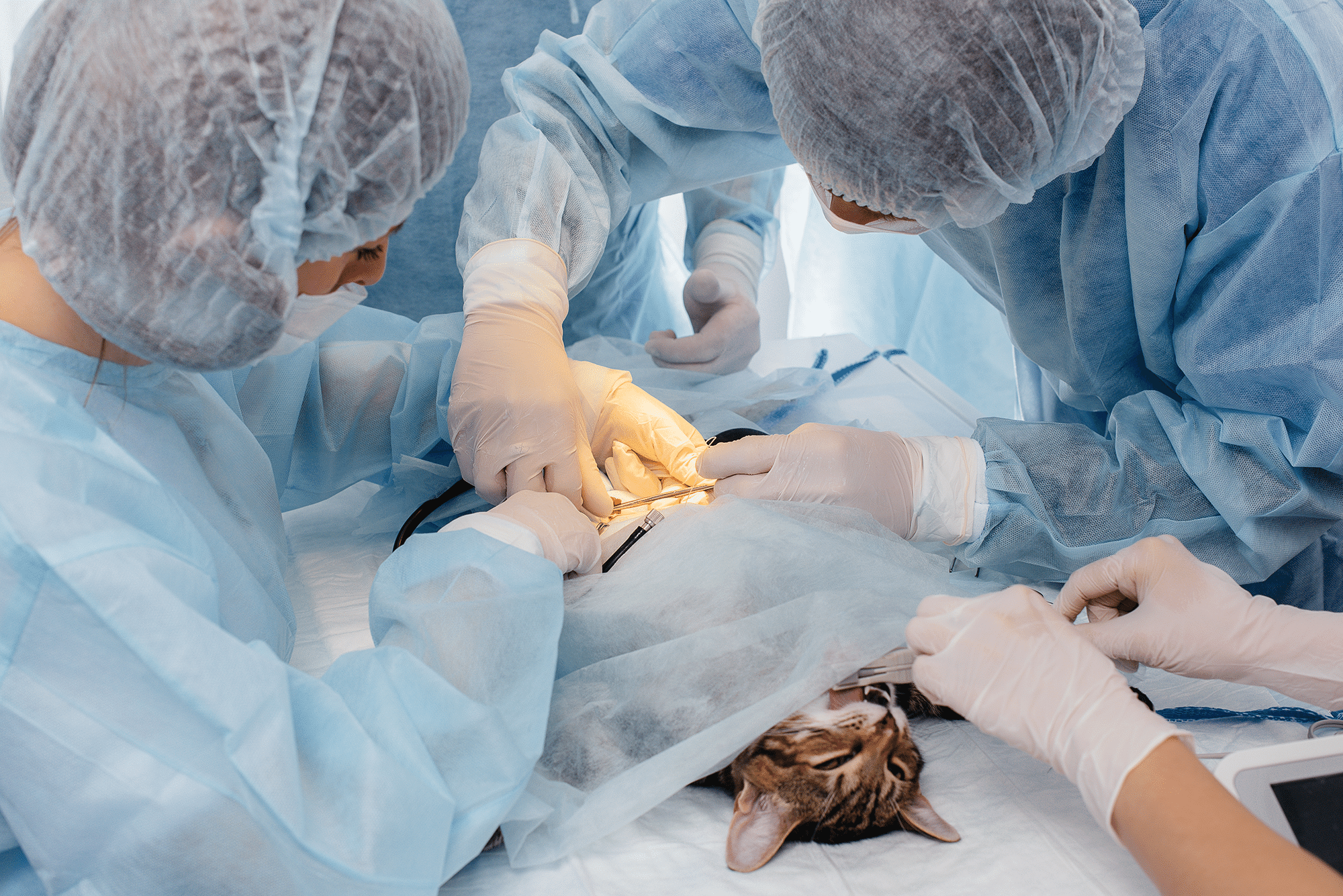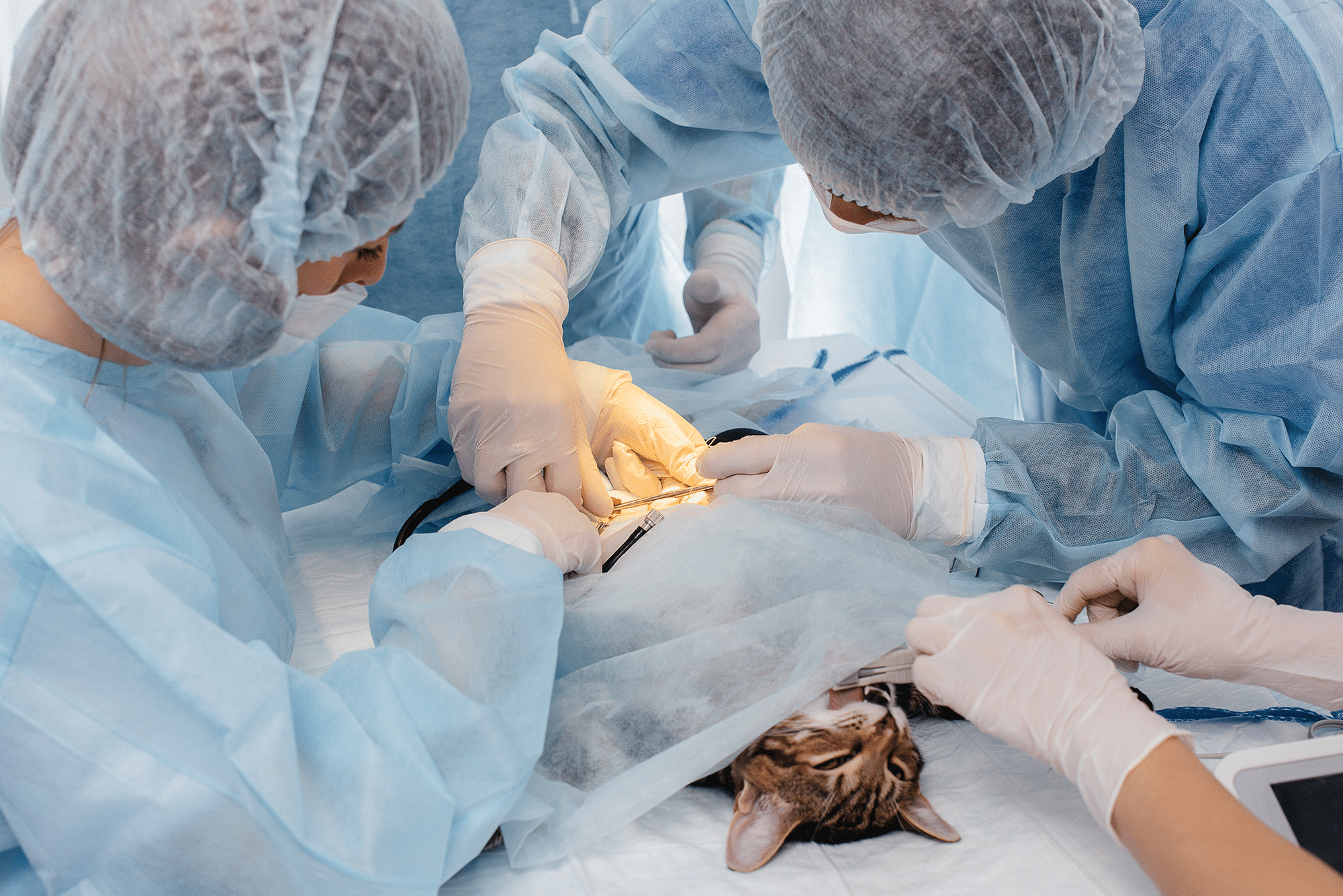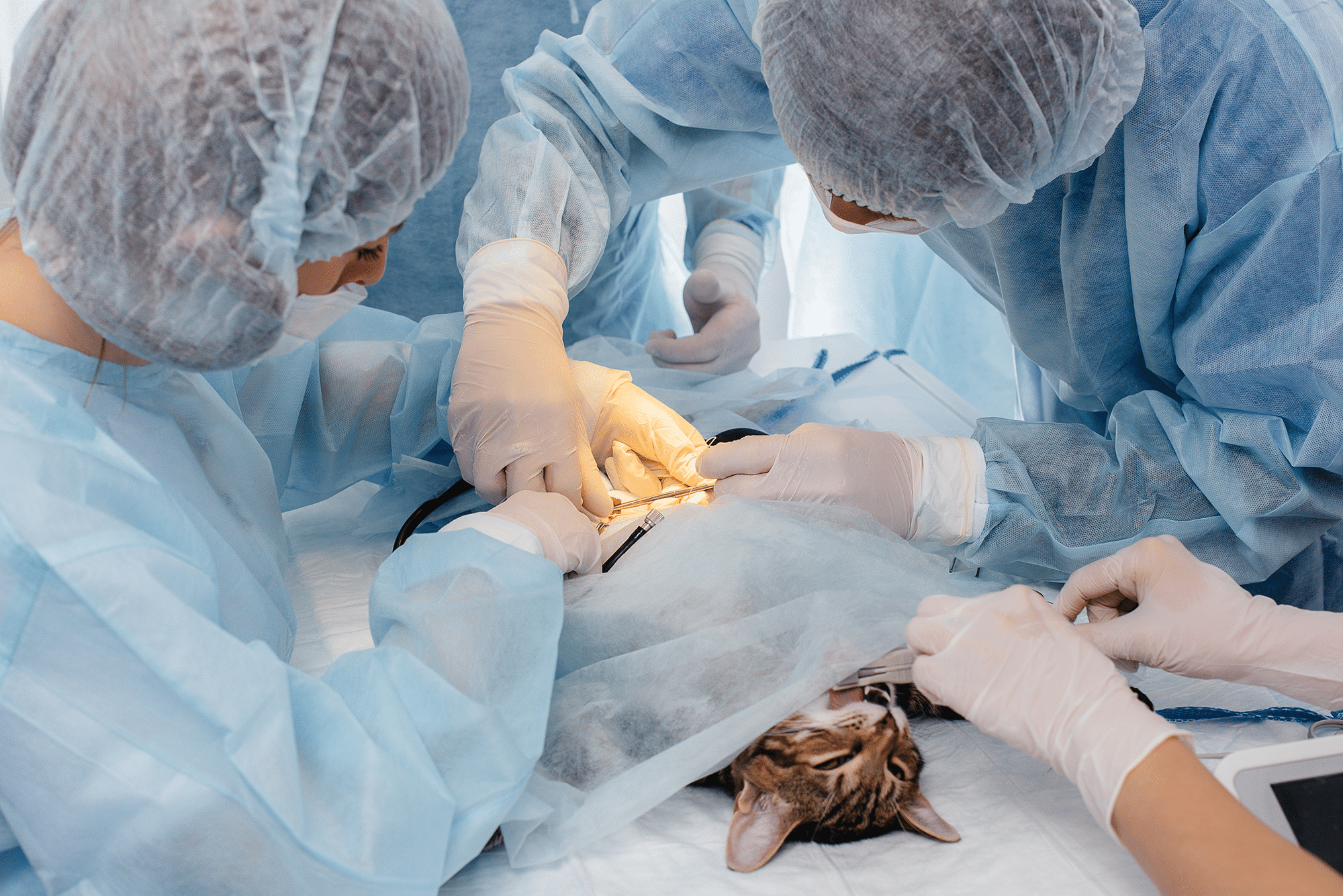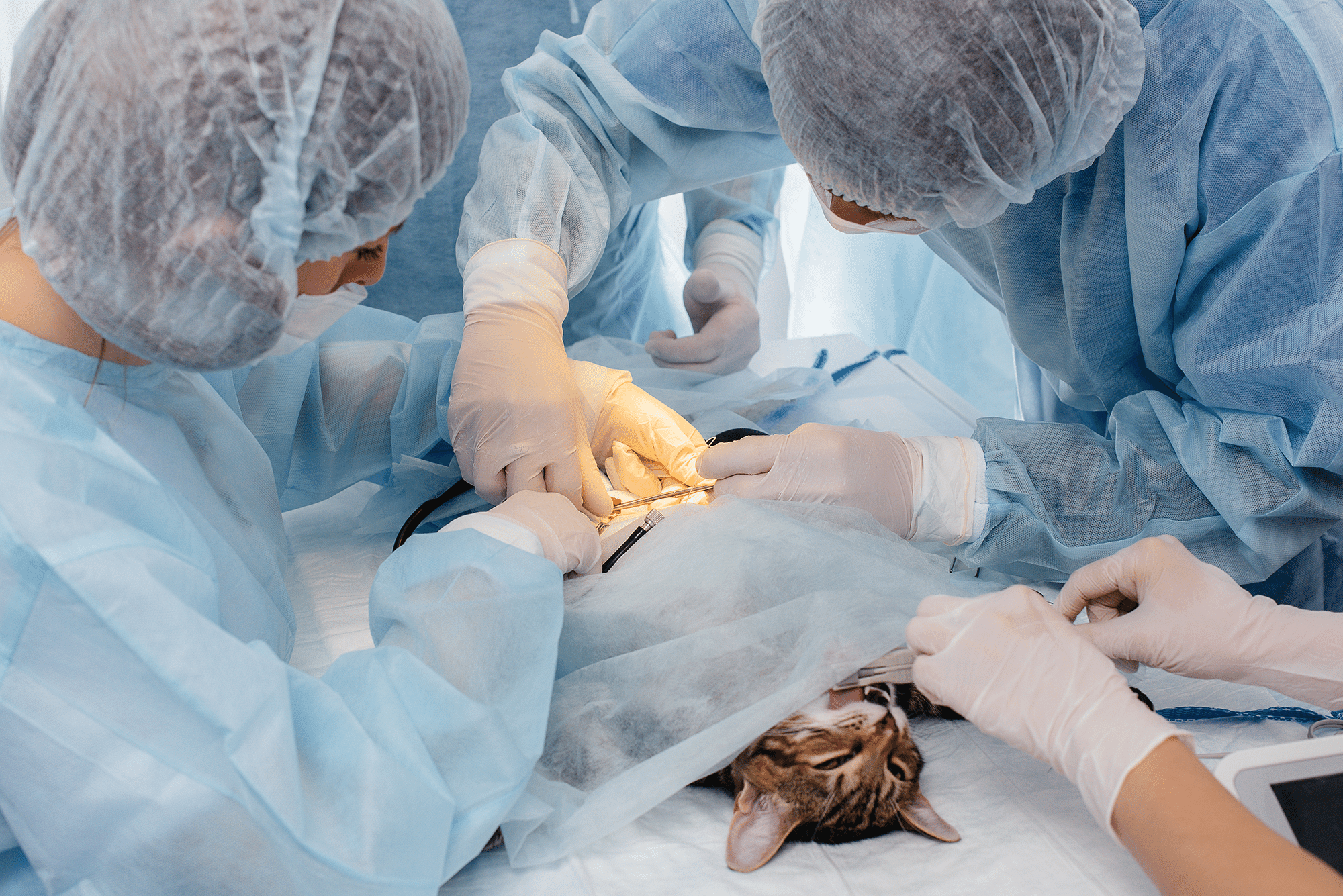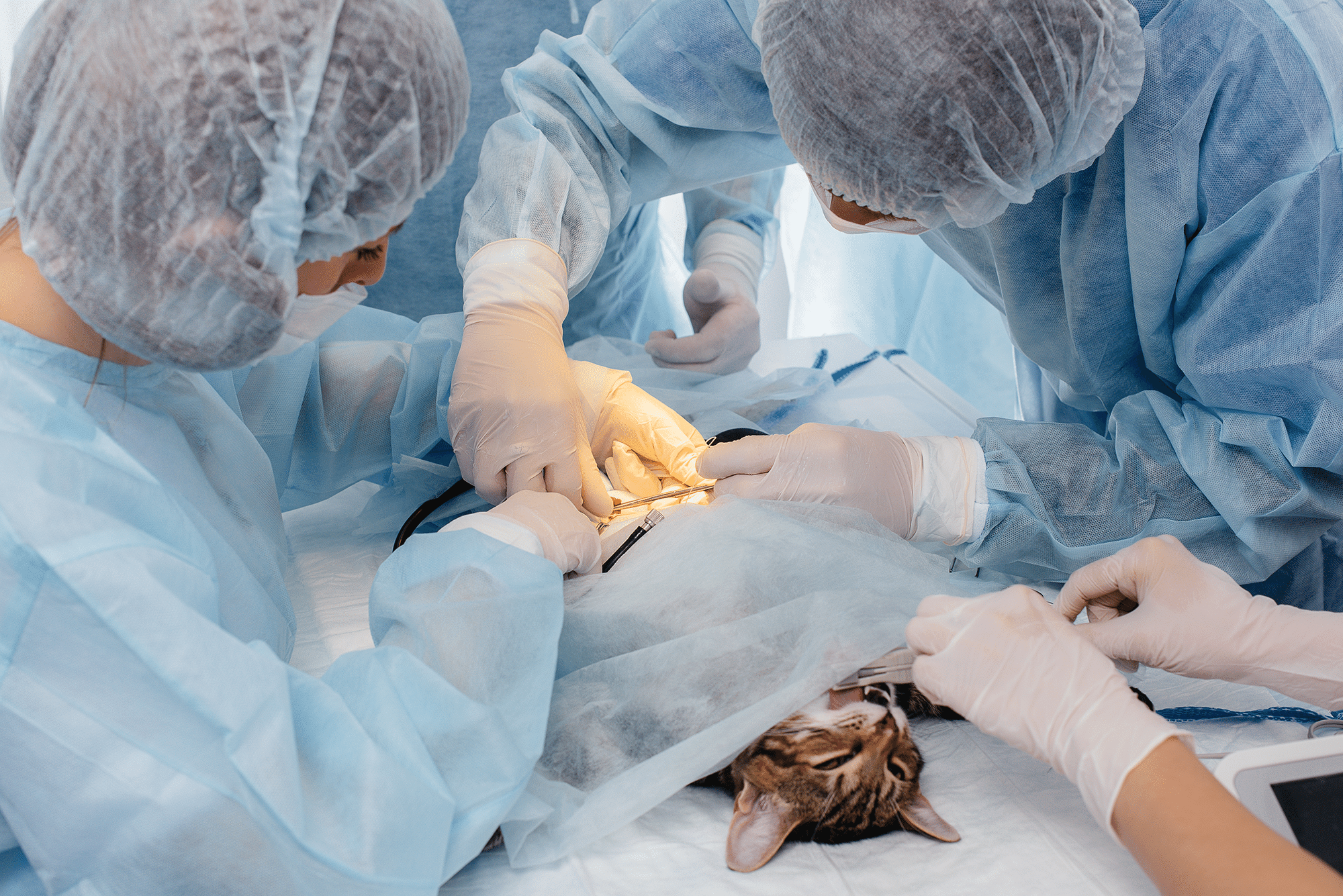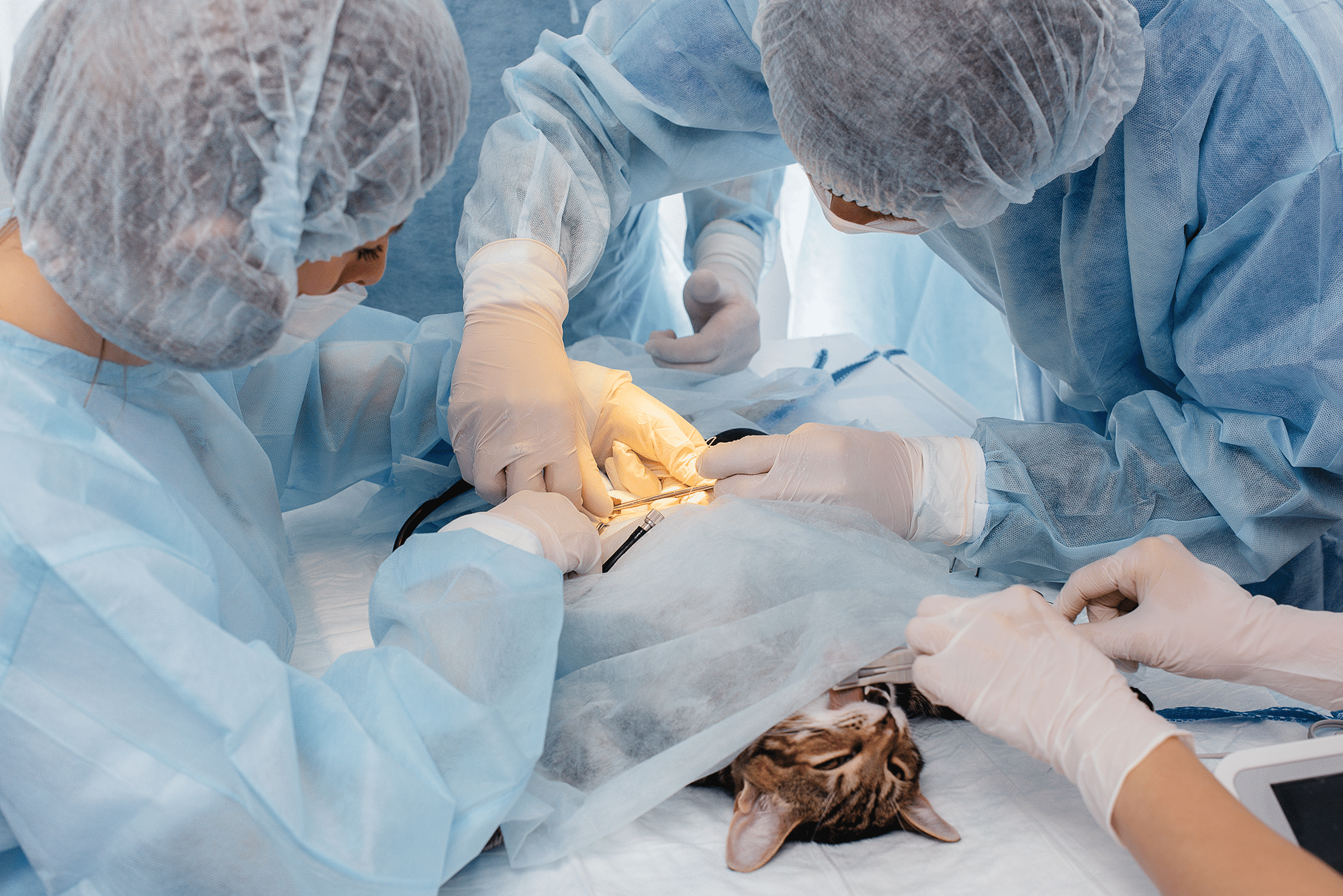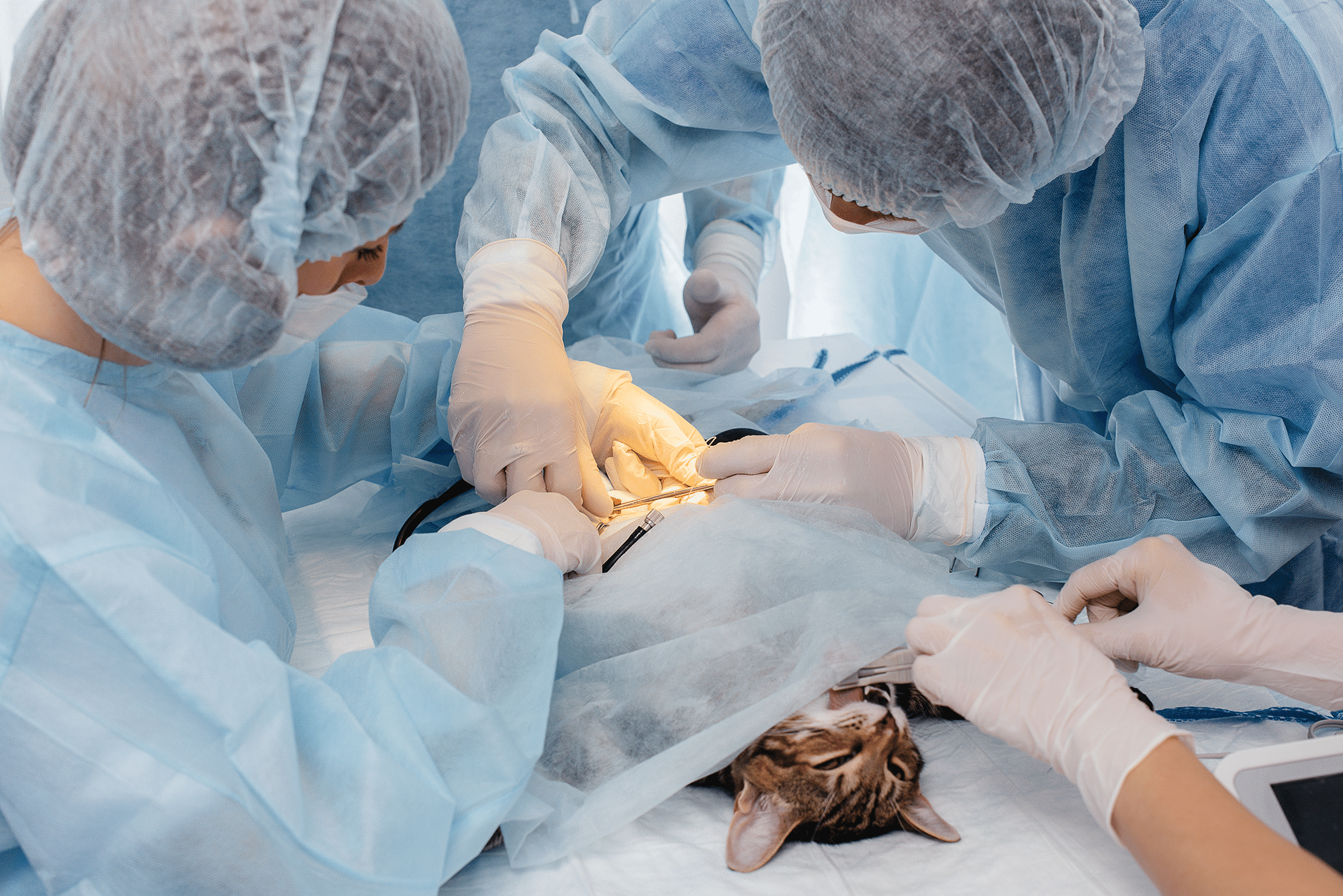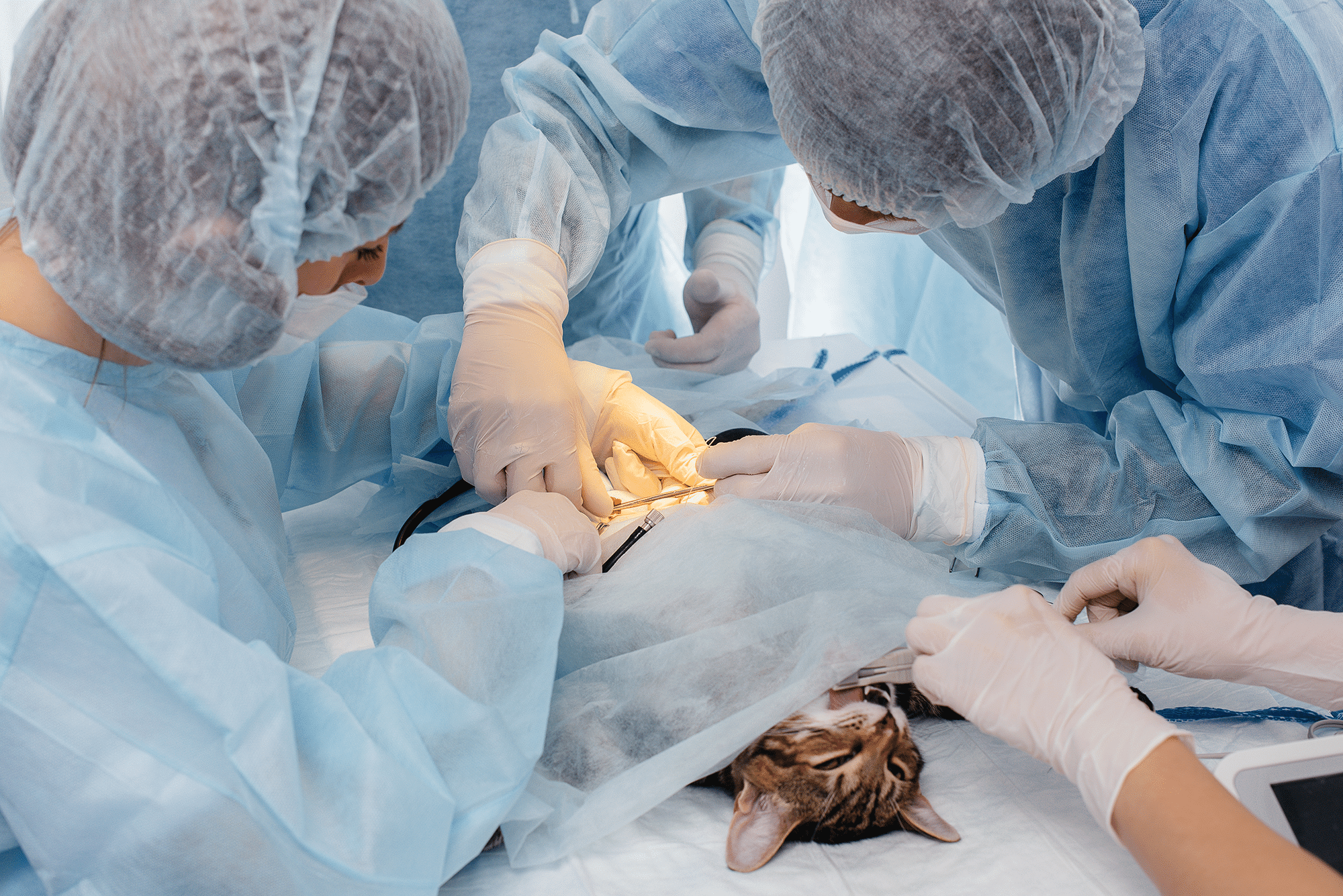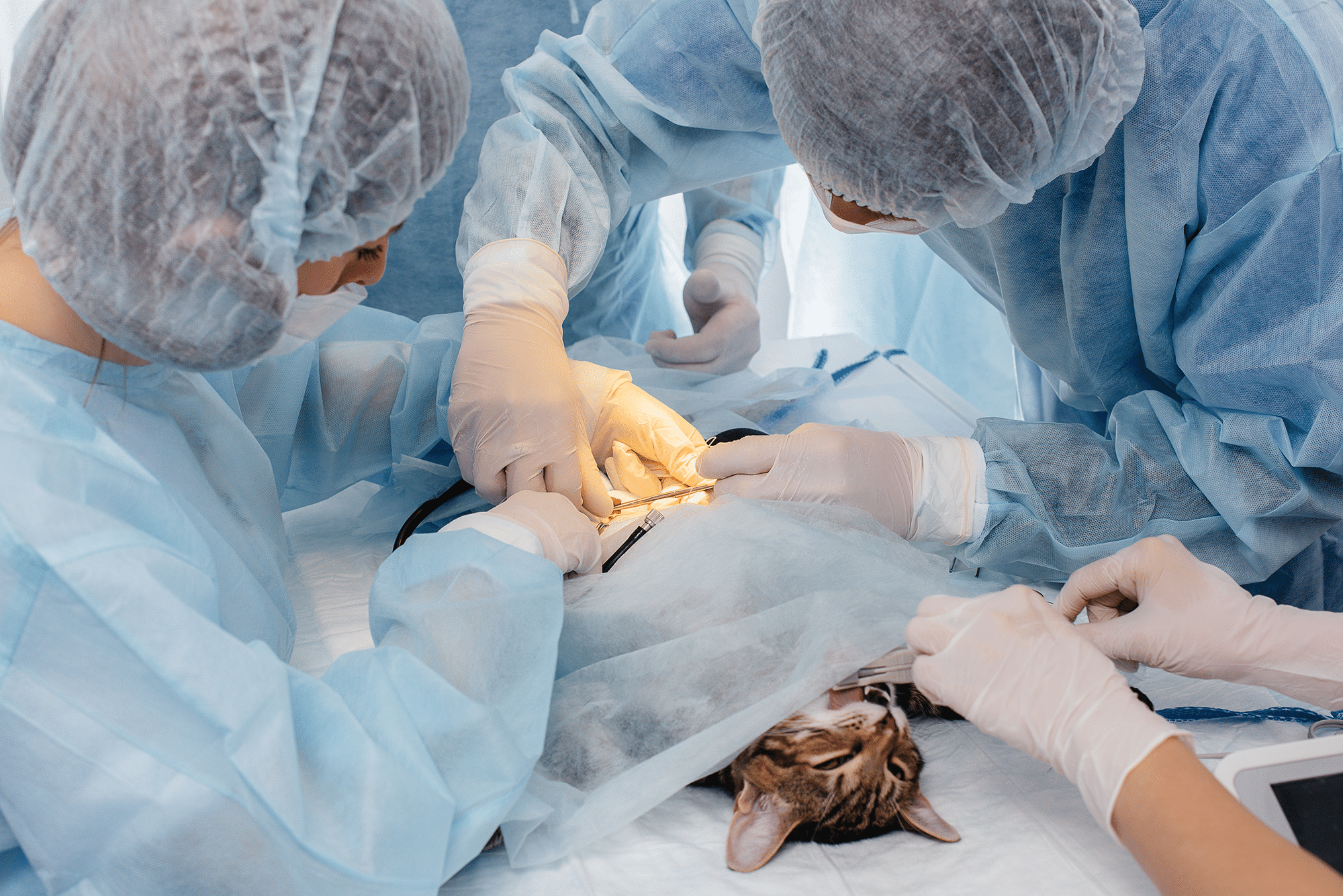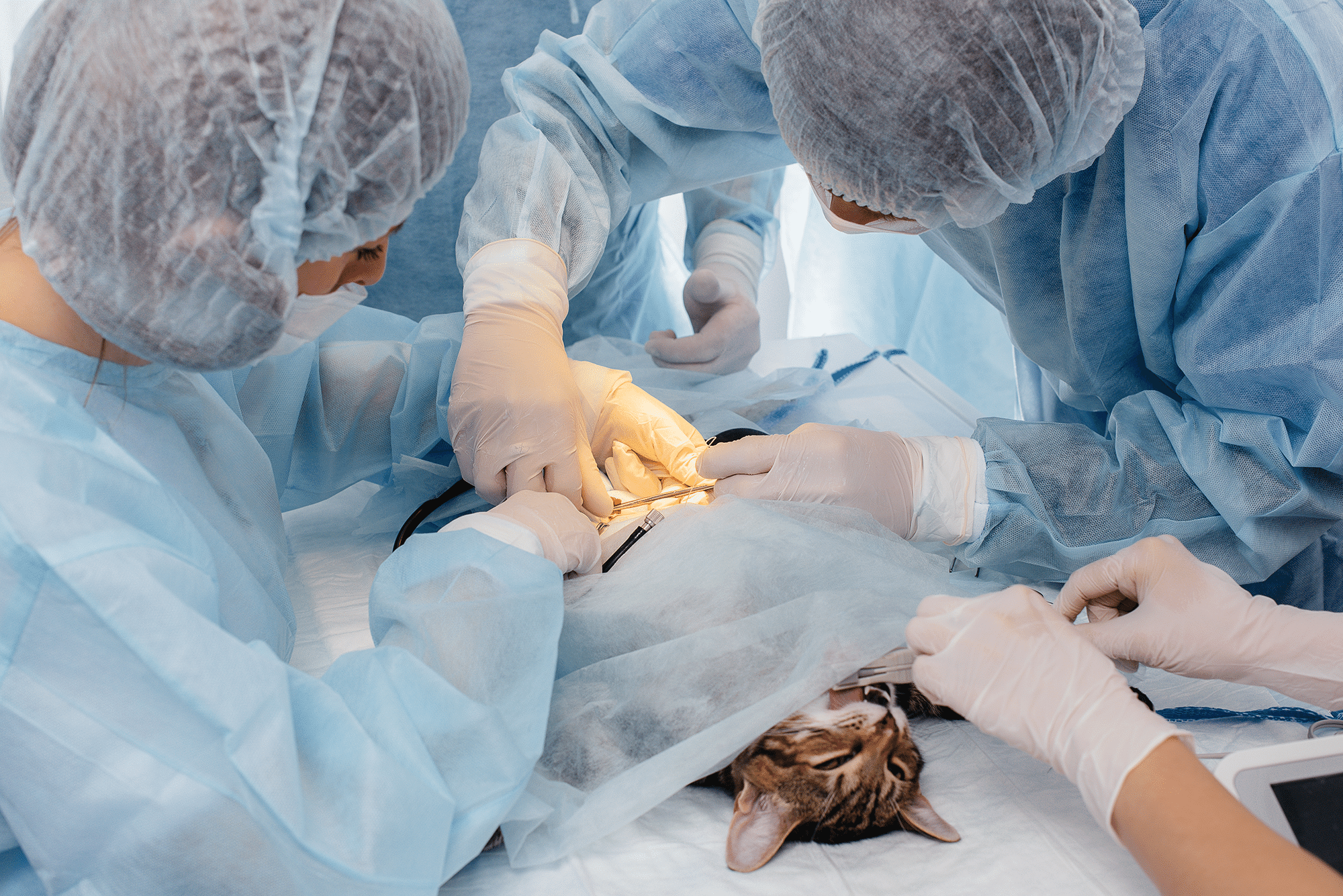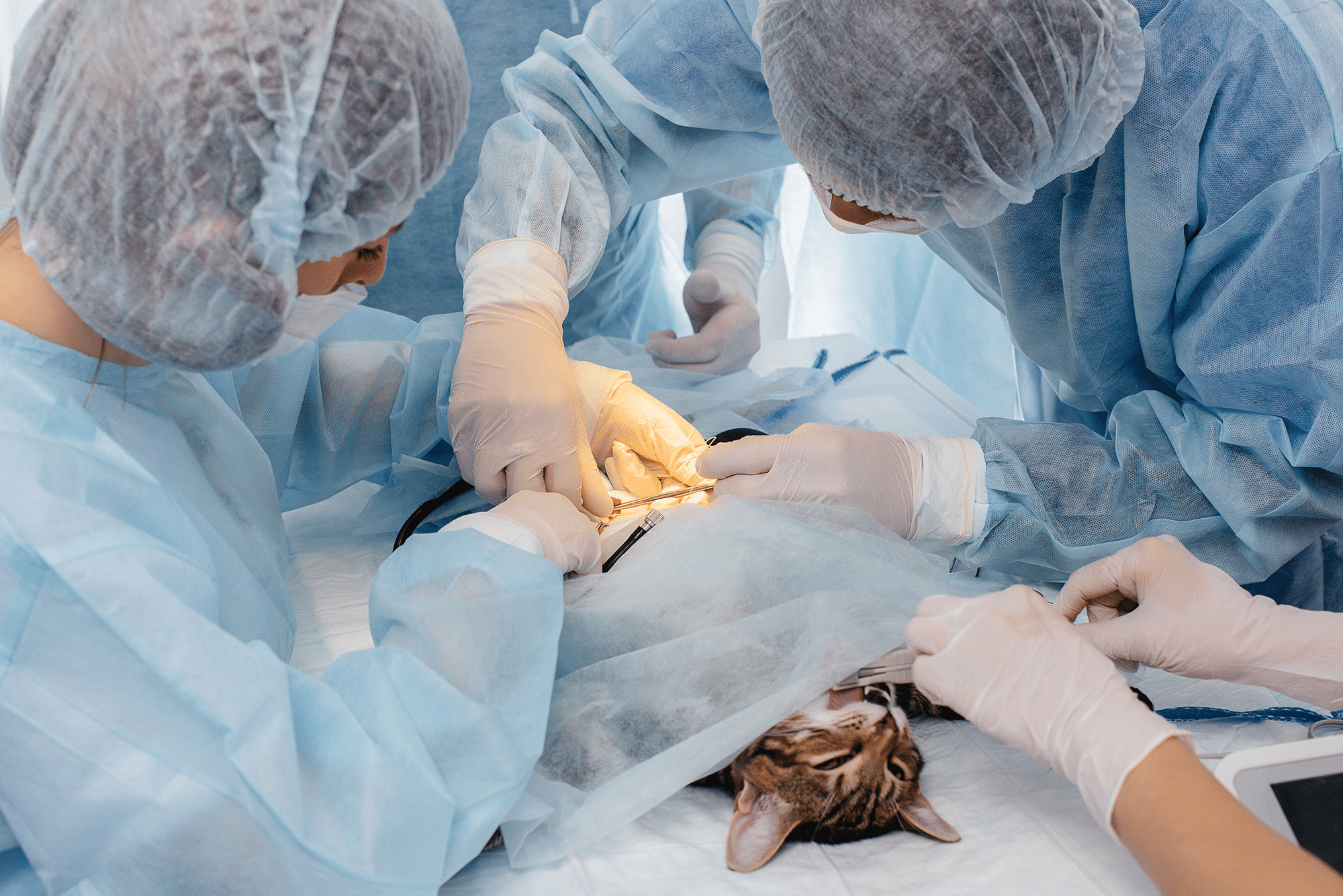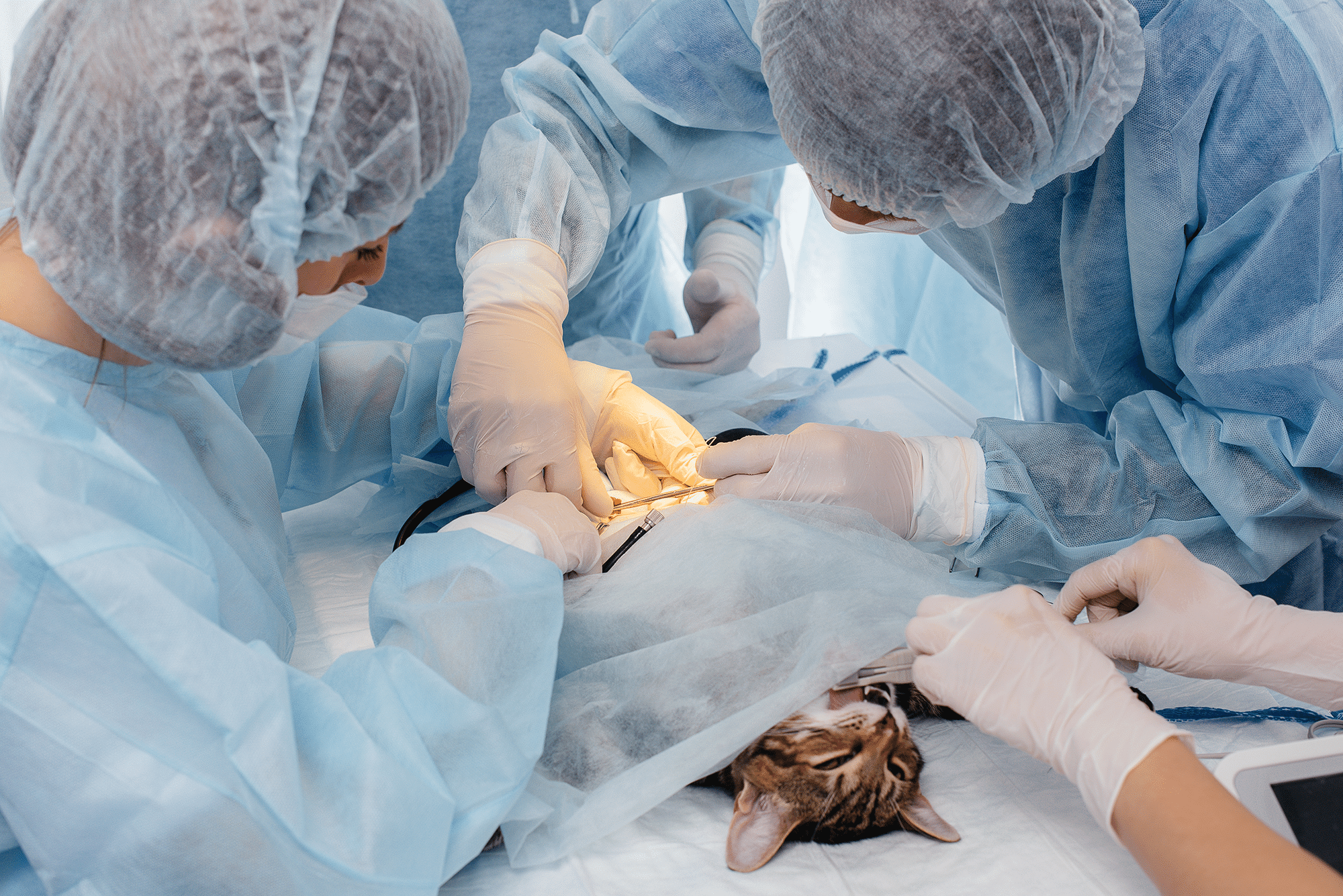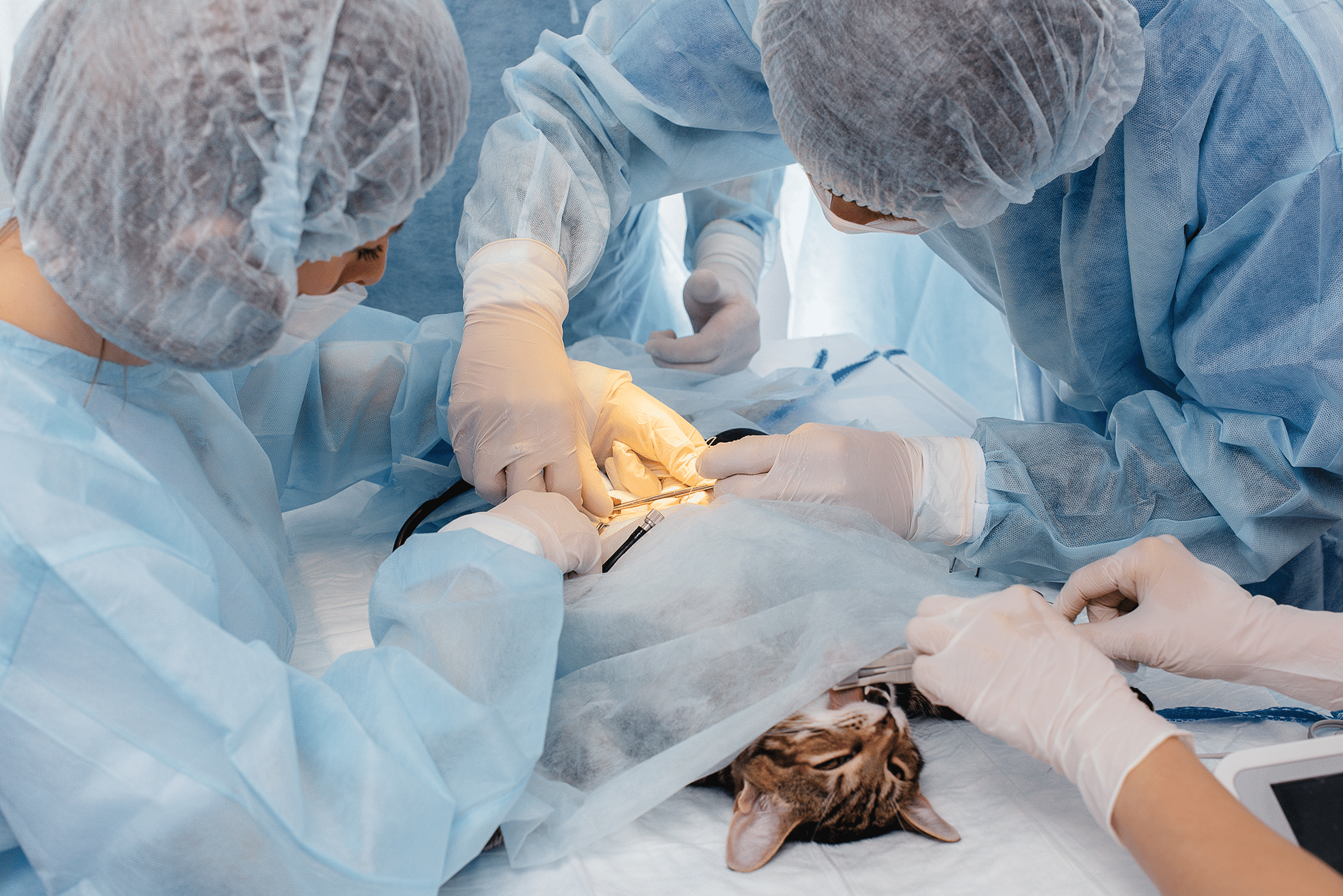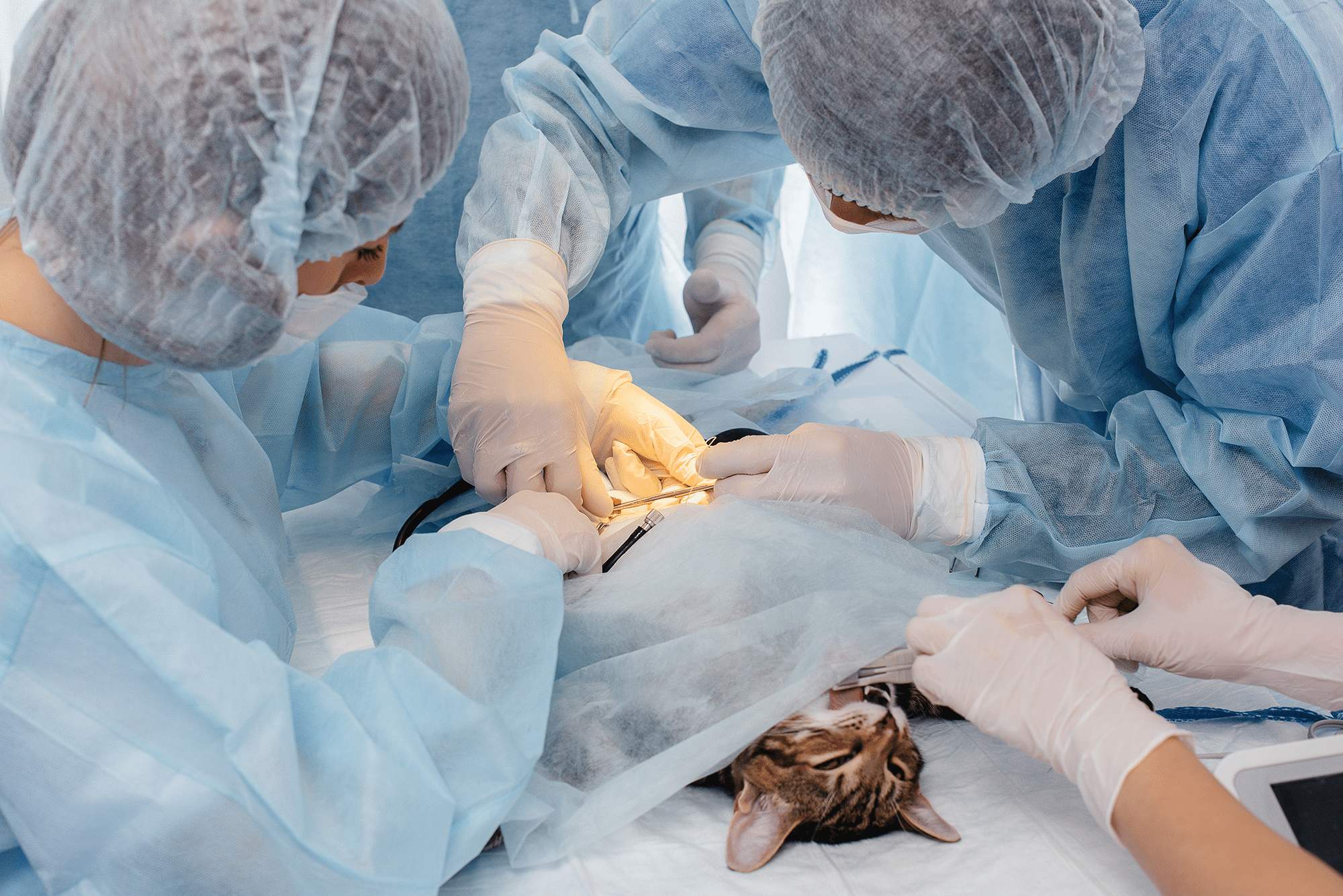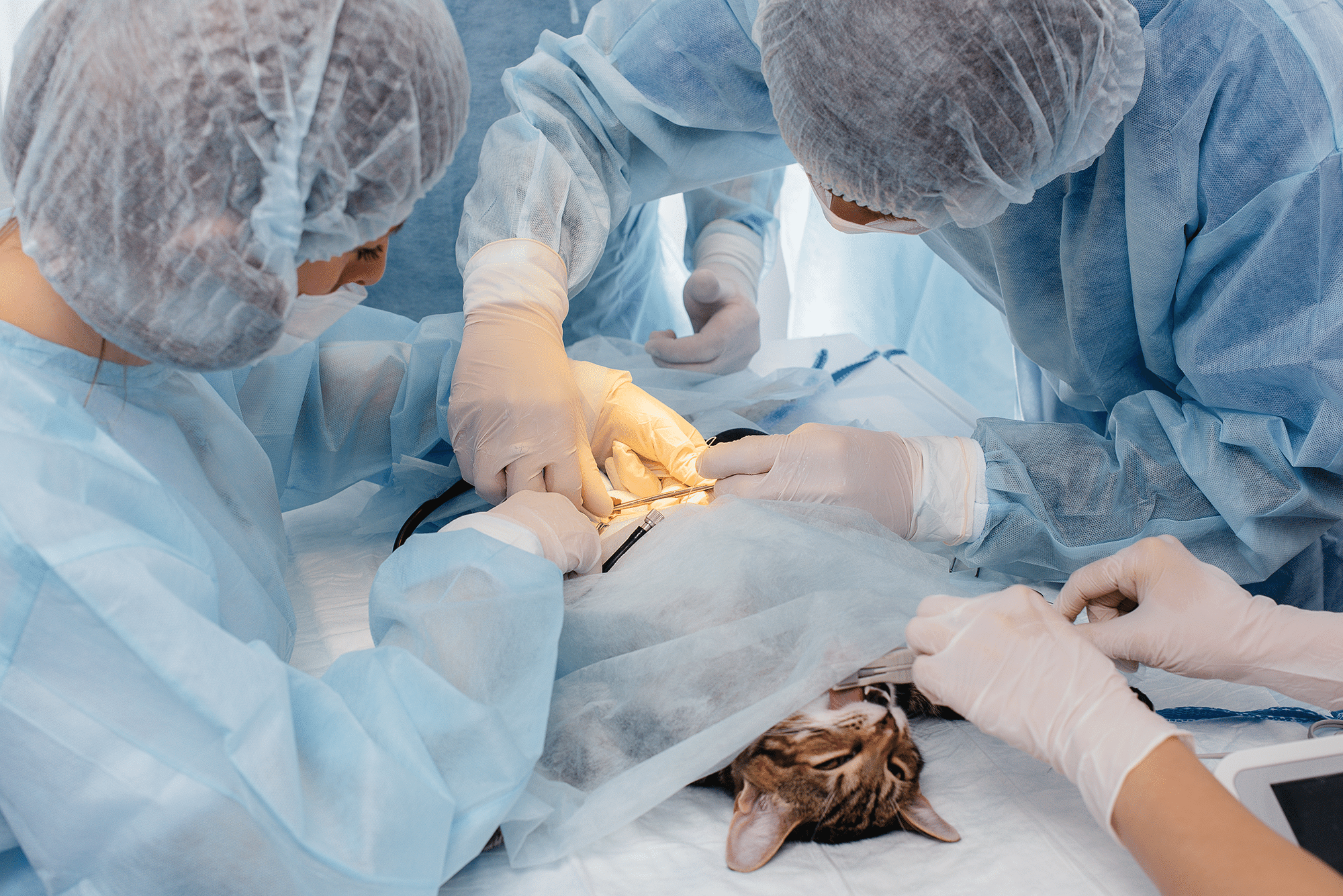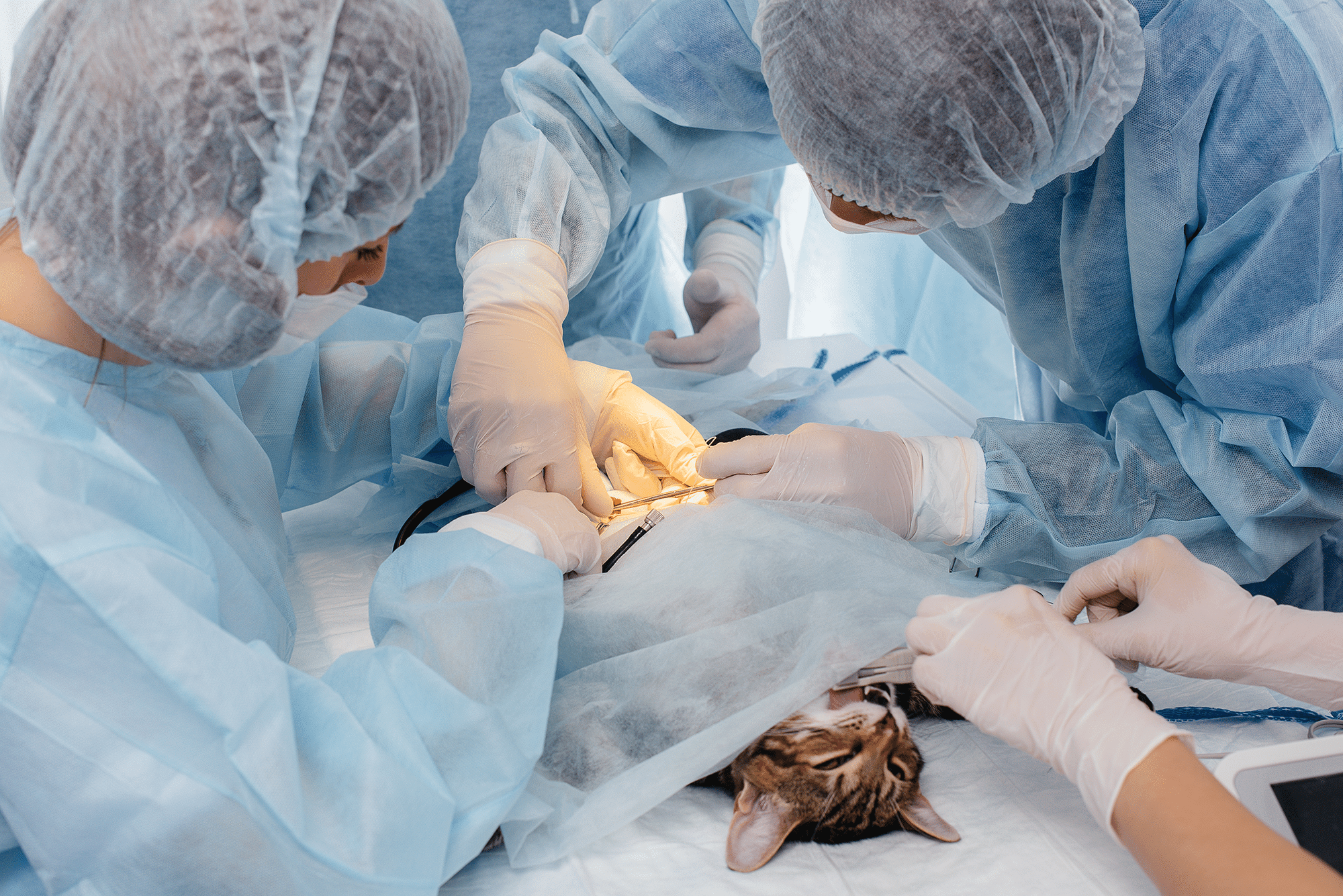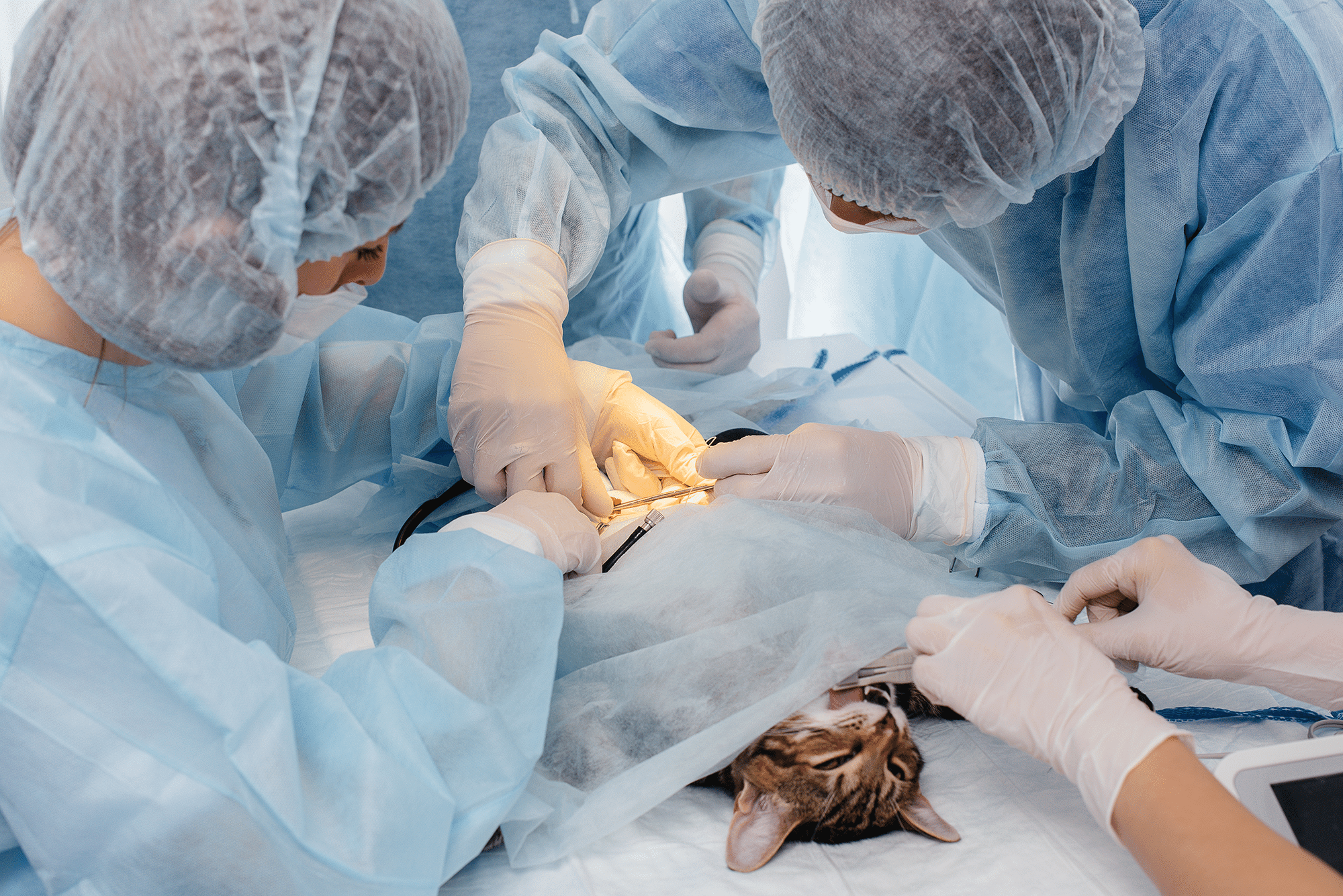Veterinary surgery training represents one of the most challenging and high-risk phases of a veterinary professional's career. From performing complex surgical procedures under supervision to handling emergency cases, trainee veterinary surgeons face unique exposures that require specialized insurance protection. This comprehensive guide explores the essential insurance coverage needed for veterinary surgery training, helping both training practices and individual trainees understand their risk management requirements.
Understanding Veterinary Surgery Training Risks
Veterinary surgery training involves numerous high-risk activities that can result in significant financial exposure. Trainee surgeons work with live animals, perform invasive procedures, and make critical decisions that can impact animal health and welfare. The learning environment creates additional risks as trainees develop their skills while working under varying levels of supervision.
Key risk areas include surgical complications during training procedures, medication errors while learning dosage protocols, diagnostic mistakes during case assessment, equipment misuse during skill development, and inadequate supervision leading to adverse outcomes. These risks can result in costly veterinary malpractice claims, animal welfare investigations, regulatory action from veterinary boards, and significant financial liability for both trainees and training practices.
Professional Indemnity Insurance for Veterinary Trainees
Professional indemnity insurance forms the cornerstone of veterinary surgery training protection. This coverage protects against claims arising from professional negligence, errors in judgment, or omissions during veterinary care. For trainee surgeons, professional indemnity insurance must account for the unique circumstances of learning environments and supervised practice.
Coverage typically includes protection against malpractice claims from pet owners, defense costs for regulatory investigations, compensation for animal injuries or death, and coverage for loss of animal value. The policy should also cover claims arising from inadequate supervision, training-related errors, and situations where the trainee's actions result in additional veterinary costs for animal owners.
When selecting professional indemnity coverage, trainees should ensure the policy covers retroactive claims, provides adequate coverage limits for high-value animals, includes defense cost coverage, and offers protection during different training phases. Many insurers offer specialized policies designed specifically for veterinary students and trainees, with coverage that evolves as training progresses.
Clinical Training Liability Coverage
Clinical training liability extends beyond basic professional indemnity to cover the specific risks associated with hands-on veterinary education. This coverage addresses situations where training activities result in claims, even when proper protocols are followed. Training practices and educational institutions require robust liability protection to cover their exposure when supervising trainee surgeons.
Coverage areas include liability for training-related incidents, supervisory negligence claims, institutional liability for training programs, and protection for both individual trainees and supervising veterinarians. The policy should also address situations where multiple parties may be involved in a claim, including the trainee, supervisor, and training institution.
Clinical training liability insurance should provide coverage for emergency procedures performed during training, elective surgeries conducted under supervision, diagnostic procedures and case management, and any training-related activities that could result in animal injury or owner claims. The coverage must be comprehensive enough to protect all parties involved in the training process.
Surgical Procedure Coverage During Training
Veterinary surgery training involves performing increasingly complex procedures as skills develop. Insurance coverage must adapt to this progression, providing appropriate protection for routine procedures performed by beginners through to advanced surgical techniques attempted by senior trainees. Each level of training presents different risk profiles requiring tailored coverage approaches.
For basic surgical procedures, coverage should include routine spay and neuter operations, basic wound repair and suturing, simple mass removals, and dental procedures. As training progresses to intermediate procedures, coverage must extend to orthopedic surgeries, soft tissue procedures, emergency surgical interventions, and more complex diagnostic surgeries.
Advanced training procedures require comprehensive coverage for specialized surgeries, experimental or innovative techniques, high-risk emergency procedures, and complex cases involving valuable animals. The insurance policy should provide adequate coverage limits that reflect the potential value of animals involved and the complexity of procedures being performed.
Training Institution Liability Protection
Veterinary schools, teaching hospitals, and training practices face significant liability exposure when providing surgical training programs. These institutions require comprehensive insurance protection that covers their role as educators and supervisors while protecting against claims arising from training activities.
Institutional coverage should include liability for inadequate supervision, curriculum-related claims, facility and equipment liability, and protection for employed supervisors and instructors. The policy must also address situations where institutional policies or procedures contribute to adverse outcomes during training.
Key coverage areas include protection against claims alleging inadequate training protocols, insufficient supervision during procedures, faulty equipment or facilities, and institutional negligence in trainee selection or evaluation. The coverage should also protect against regulatory action targeting the institution's training programs or accreditation status.
Equipment and Facility Insurance for Training Programs
Veterinary surgery training requires specialized equipment and facilities that represent significant financial investments. Insurance protection for these assets is essential to ensure training programs can continue operating effectively even after equipment failures or facility damage.
Equipment coverage should include surgical instruments and tools, diagnostic equipment and imaging systems, anesthesia and monitoring equipment, and specialized training simulators or models. The policy should provide replacement cost coverage and include protection against theft, damage, and equipment breakdown.
Facility insurance must cover training laboratories and surgical suites, animal housing and recovery areas, classroom and lecture facilities, and any specialized training environments. Business interruption coverage is particularly important for training institutions, as facility damage could disrupt educational programs and result in significant financial losses.
Regulatory Compliance and Training Insurance
Veterinary surgery training operates within a complex regulatory environment that includes veterinary board requirements, educational accreditation standards, animal welfare regulations, and professional licensing requirements. Insurance coverage must address the potential for regulatory action and provide protection against compliance-related claims.
Coverage should include defense costs for regulatory investigations, fines and penalties where legally permissible, costs associated with license suspension or revocation proceedings, and protection against claims alleging regulatory violations. The policy should also cover situations where training practices fail to meet required standards or where regulatory changes impact training programs.
Training institutions and individual trainees must ensure their insurance coverage aligns with current regulatory requirements and provides adequate protection against evolving compliance standards. Regular policy reviews help ensure coverage remains appropriate as regulations change and training programs develop.
Claims Management for Training-Related Incidents
Effective claims management is crucial when dealing with veterinary surgery training incidents. Insurance providers specializing in veterinary coverage understand the unique aspects of training-related claims and can provide appropriate support throughout the claims process.
The claims process typically involves immediate incident reporting, thorough investigation of training circumstances, coordination between multiple parties (trainee, supervisor, institution), and careful management of communications with animal owners. Specialized veterinary insurers maintain networks of expert witnesses and legal professionals familiar with veterinary training standards.
Training institutions should establish clear incident reporting procedures, maintain detailed training records and supervision documentation, implement immediate response protocols for serious incidents, and ensure all parties understand their roles in the claims process. Proper documentation and prompt reporting can significantly impact claim outcomes and help protect all parties involved.
Cost Considerations and Coverage Options
Veterinary surgery training insurance costs vary significantly based on coverage levels, training program scope, institutional size, and historical claims experience. Individual trainees typically pay lower premiums than training institutions, but coverage needs differ substantially between these groups.
Factors affecting premium costs include the types of procedures covered in training, the level of supervision provided, the experience and qualifications of supervising veterinarians, the institution's claims history, and the coverage limits selected. Training programs focusing on high-risk procedures or working with valuable animals typically face higher premiums.
Coverage options include individual trainee policies, institutional blanket coverage, hybrid approaches combining individual and institutional protection, and specialized policies for specific training phases. Many insurers offer discounted rates for students and trainees, with premiums increasing as responsibilities and independence levels grow.
Selecting the Right Insurance Provider
Choosing an appropriate insurance provider for veterinary surgery training requires careful consideration of the insurer's experience with veterinary risks, understanding of training environments, claims handling expertise, and financial stability. Specialized veterinary insurers typically offer more comprehensive coverage and better claims support than general professional indemnity providers.
Key selection criteria include the provider's experience with veterinary training claims, availability of specialized coverage options, quality of claims handling and support services, financial strength and stability ratings, and competitive pricing for comprehensive coverage. References from other training institutions and professional veterinary organizations can provide valuable insights into insurer performance.
Risk Management Best Practices
Effective risk management goes beyond insurance coverage to include proactive measures that reduce the likelihood of claims and adverse outcomes. Training institutions and individual trainees should implement comprehensive risk management programs that complement their insurance protection.
Best practices include maintaining detailed supervision protocols, implementing comprehensive training documentation, establishing clear communication procedures, conducting regular equipment maintenance and safety checks, and providing ongoing education about risk management. These measures not only reduce claim frequency but can also result in lower insurance premiums over time.
Future Considerations and Coverage Evolution
The veterinary profession continues to evolve with advancing surgical techniques, new technologies, and changing educational approaches. Insurance coverage for veterinary surgery training must adapt to these developments to ensure continued adequate protection.
Emerging considerations include coverage for telemedicine and remote supervision, protection for new surgical technologies and techniques, insurance for international training programs, and coverage for non-traditional training environments. Training institutions and trainees should work with their insurance providers to ensure coverage evolves with changing training needs and industry developments.
Veterinary surgery training insurance represents a critical investment in professional development and risk management. By understanding the unique risks involved in veterinary surgical education and securing appropriate insurance protection, both training institutions and individual trainees can focus on developing essential skills while maintaining financial security. Comprehensive coverage, combined with effective risk management practices, creates the foundation for successful veterinary surgery training programs that protect all stakeholders involved in the educational process.


 0330 127 2333
0330 127 2333
